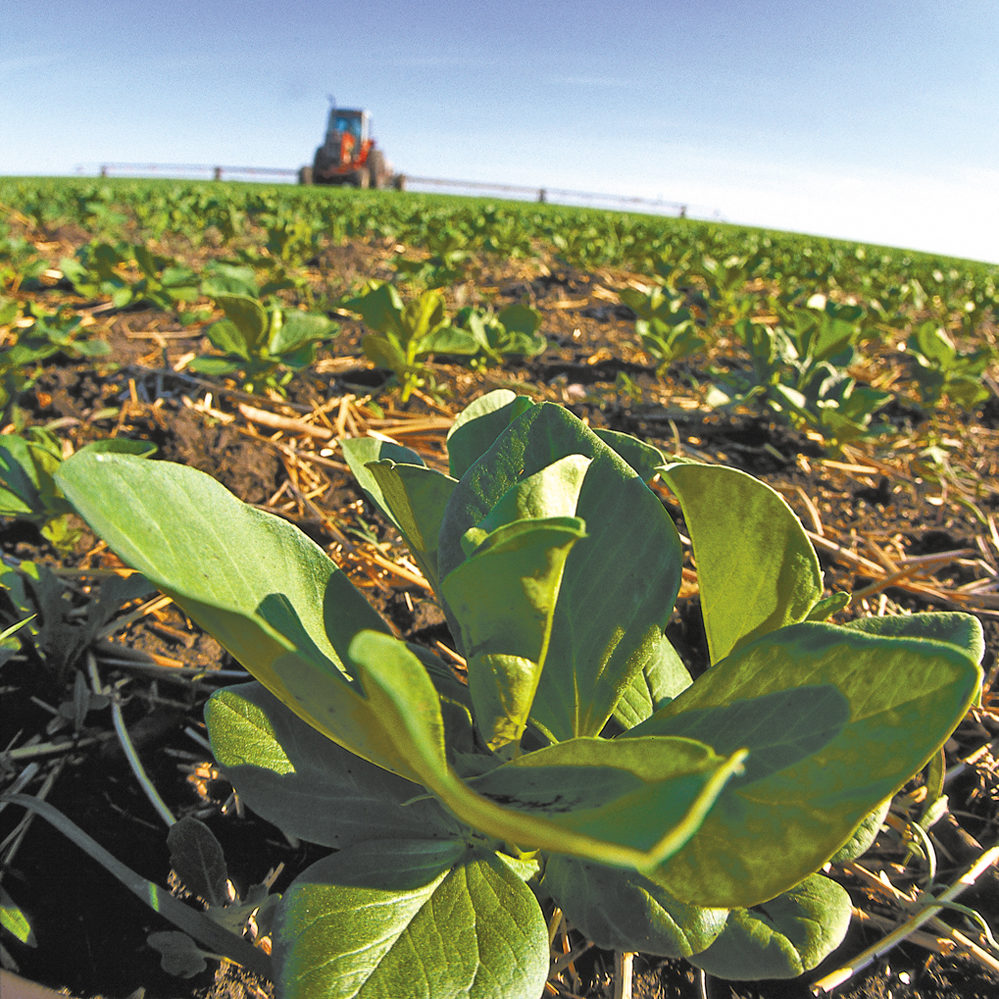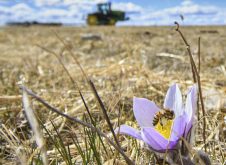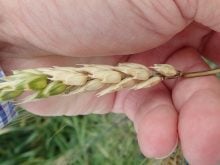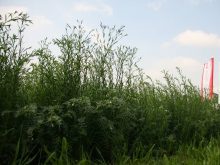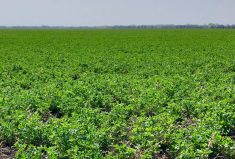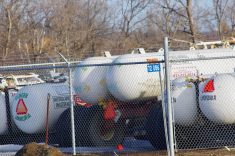Farmers with aphanomyces-infested fields are faced with a tough decision. Stretch the rotation between susceptible pulse crops to six or eight years, or drop them altogether?
Some farmers are opting for less susceptible pulses, including fababeans in moist areas.
Of course, fababeans could be vulnerable to disease as well. Here are the foliar diseases fababean growers should watch for, along with management strategies.
Diseases to watch
Chocolate spot is known as botrytis grey mould in other crops. But, Dr. Sabine Banniza, plant pathologist with the Crop Development Centre at the University of Saskatchewan, said, “fababean has its own special species.”
Read Also
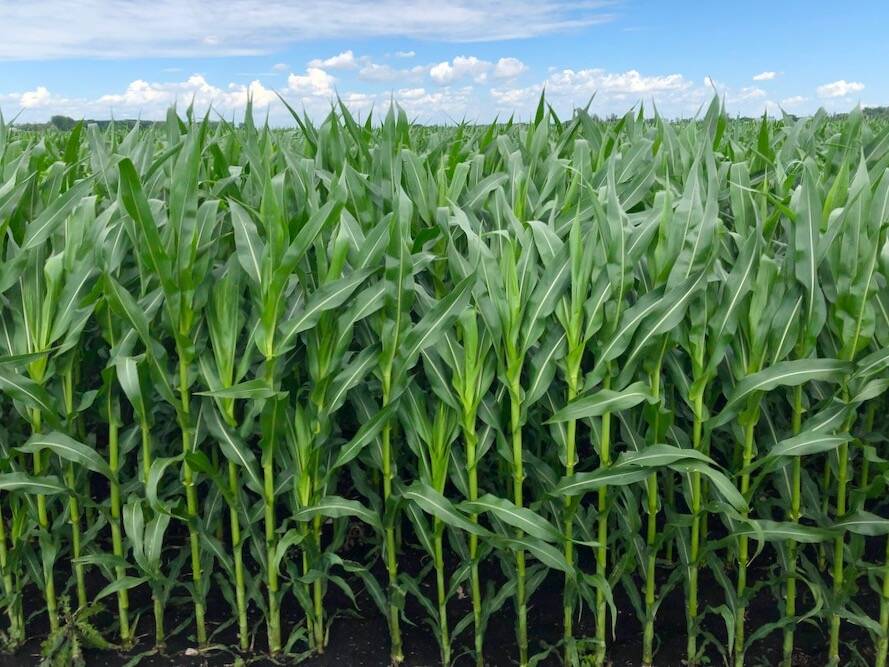
Cancer agency reclassifies another herbicide ‘probably carcinogenic’
The WHO’s cancer research agency has now put atrazine, a herbicide well known to corn growers, in the same potential-hazard category where the agency put glyphosate.
The disease can be “very devastating” if conditions are wet, said Banniza, and develop very quickly. Fababean growers will initially see tiny reddish lesions, said Banniza. Those lesions grow, coalesce, and eventually turn the entire leaf blackish-brown. Sask Pulse notes the disease can be residue- or seed-borne. Chocolate spot can cause defoliation and even lodging if stems are affected.
Fababeans can suffer from other leaf diseases as well. Rust can be a very destructive disease in other countries, Sask Pulse notes. But, in Western Canada, leaf rust is “probably a bit rare,” Banniza said. It’s easily identified by the orange-brown pustules on the upper and lower leaf surfaces.
Alternaria leaf spot is more common than rust in fababeans, Banniza said. It’s often a secondary infection, following ascochyta blight.
If the weather is really wet, sclerotinia white mould is a risk in fababeans, said Banniza. Farmers will see cottony white mycelium on the plant’s surface.
Fababeans are susceptible to the same pathogen that causes anthracnose in lentils and field peas. Sclerotinia can also infect fababeans, but so far it is less common in fababeans than it is in other crops.
Ascochyta blight is a seed-borne disease or residue-borne disease in western Canadian fababeans, according to Sask Pulse. It is a different species from ascochyta pathogens that infect other pulses.
In fababeans, ascochyta lesions are tan or grey, with dark margins. Often tiny black fruiting bodies are in the centre. The disease is most severe when it infects the pod, which can happen if fields see wet weather in July or August, according to Sask Pulse.
Diseases such as ascochyta can be mixed up with herbicide damage, Banniza said. Reviewing recent weather helps diagnose the problem. Farmers can also send tissue samples to labs, said Banniza.
Managing disease
Crop rotation is the first line of defence in disease management. Banniza explained farmers can manage residue, which harbours disease, by rotating crops.
Farmers dealing with chocolate spot should leave four years between fababean crops, according to Sask Pulse. The same pathogen also infects lentils, so farmers shouldn’t grow fababeans after lentils. Sask Pulse also suggests skipping buckwheat if chocolate spot is a problem.
Fababean growers should also make sure they don’t plant fababeans adjacent to last year’s fababean, pea, or lentil fields, Sask Pulse notes. Planting them in close proximity to those pulses increases the risk of anthracnose infection.
Using disease-free seed is also a good practice. Sask Pulse recommends having seed tested for seed-borne diseases such as anthracnose, ascochyta, botrytis, sclerotinia, and fusarium. Farmers should consider seed treatments if disease is detected, if there’s a history of soil-borne diseases, or if they’re seeding into cool, moist soil.
Fungicide application is “an important tool,” said Banniza. The recommendation is to apply fungicide at flowering if disease symptoms are present in the lower canopy and conditions favour disease.
Fababeans produce clusters of flowers, and the number of flowers in each cluster increase after the fourth node, said Banniza, and then decline later. The middle part of the plant holds the most yield potential, so that’s what farmers should protect, she added.
Depending on weather conditions, fababeans might require a second fungicide application to control leaf disease, Banniza added.
By the time sclerotinia disease symptoms are visible, it’s too late to treat, Sask Pulse notes. If sclerotinia is likely to develop, Sask Pulse suggests spraying at 20 to 50 per cent flowering. Sask Pulse recommends spraying no more than twice per season. †


